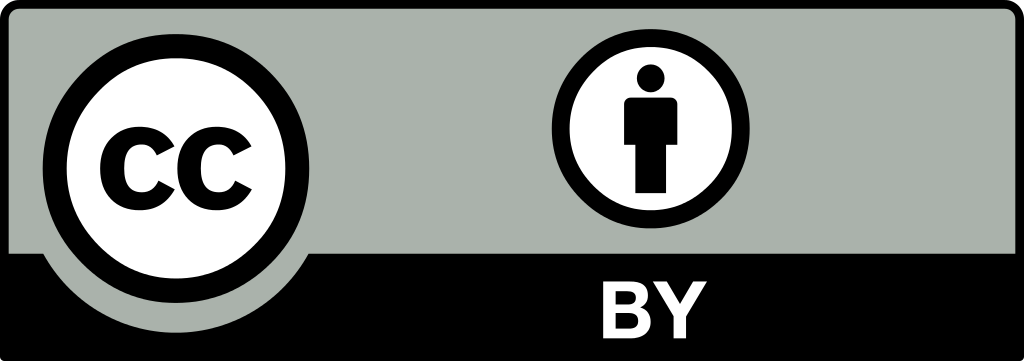

International Journal of Innovative Research in Engineering and Management
Year: 2023, Volume: 10, Issue: 2
First page : ( 23) Last page : ( 31)
Online ISSN : 2350-0557.
![]() DOI: 10.55524/ijirem.2023.10.2.6 |
DOI: 10.55524/ijirem.2023.10.2.6 | ![]() DOI URL: https://doi.org/10.55524/ijirem.2023.10.2.6
DOI URL: https://doi.org/10.55524/ijirem.2023.10.2.6
 This is an Open Access article distributed under the terms of the Creative Commons Attribution License (CC BY 4.0) (http://creativecommons.org/licenses/by/4.0)
This is an Open Access article distributed under the terms of the Creative Commons Attribution License (CC BY 4.0) (http://creativecommons.org/licenses/by/4.0)
Article Tools: Print the Abstract | Indexing metadata | How to cite item | Email this article | Post a Comment
Musaib Manzoor , Er Brahmjeet Singh
The social, economic, and political policies of a nation are greatly influenced by transportation engineering. The country's financial activity is said to be influenced by the transport sector. The creation and assessment of road safety were accomplished in this study through the use of an RSPQ (Road Safety Perception Questionnaire) in two stages. The identification and choice of road safety dimensions make up the initial phase. The specifications and testing of conformity with traffic safety measures make up the second stage. First-stage research involved consulting, surveying, and interviewing a variety of road users to determine what causes accidents in the Srinagar city. With the assistance of Srinagar Police, the survey stretch was taken at the bypass. The second crew was based near Pampore, which is regarded as a hotspot for road deaths, 20 kilometres away. For this survey, graphs were created and data was obtained in order to analyse and assess the traffic study in Srinagar City. The field crew was careful not to direct the respondent during the survey so that they would provide information in accordance with their opinions. In addition to the previously mentioned lengths, other places, such as bus stops and gas stations, were used for the poll. Many road segments from Srinagar city were selected, and a thorough investigation was done to determine the reason of accidents. Results on the overall number of accidents, the unsafe acts, the types of accidents, the types of injuries, the types of vehicles involved, and the times of accidents were gathered. The data was examined during a four-year period, from 2016 to 2020. The findings were compiled and displayed graphically. A questionnaire survey was also performed among road users to get more in-depth information and to solicit their opinions on how to reduce the number of accidents on the road. Following careful study and interpretation of the results and an interview questions, it can be said that: -The year with the most mishaps was 2018-2019, trailed by 2017-2018, and the year with the fewest mishaps was 2019-2020.
M. Tech Scholar, Highway and Transportation, Department of Civil Engineering, RIMT University, Mandi Gobingarh Punjab, India
No. of Downloads: 32 | No. of Views: 1035
Nabin Khanal.
April 2025 - Vol 12, Issue 2
Akash. T , Sambhaji Padwal.
April 2025 - Vol 12, Issue 2
Akash. T, Sambhaji Padwal.
April 2025 - Vol 12, Issue 2
